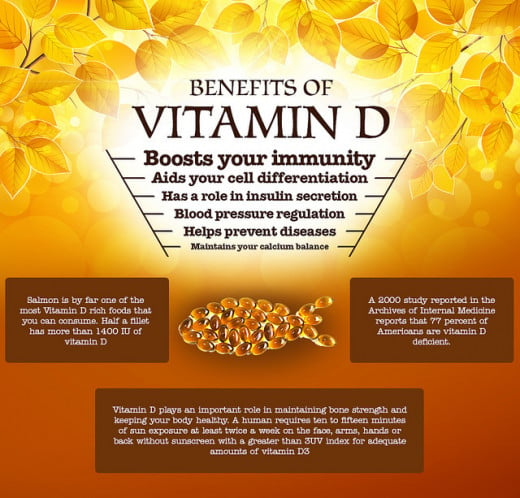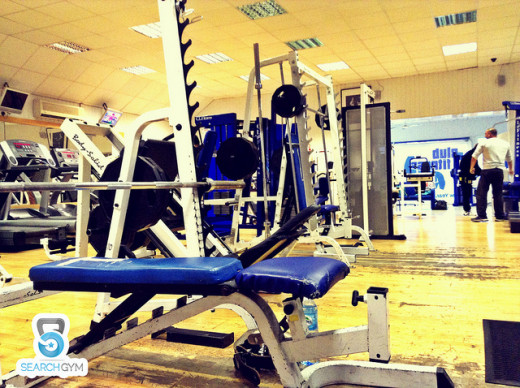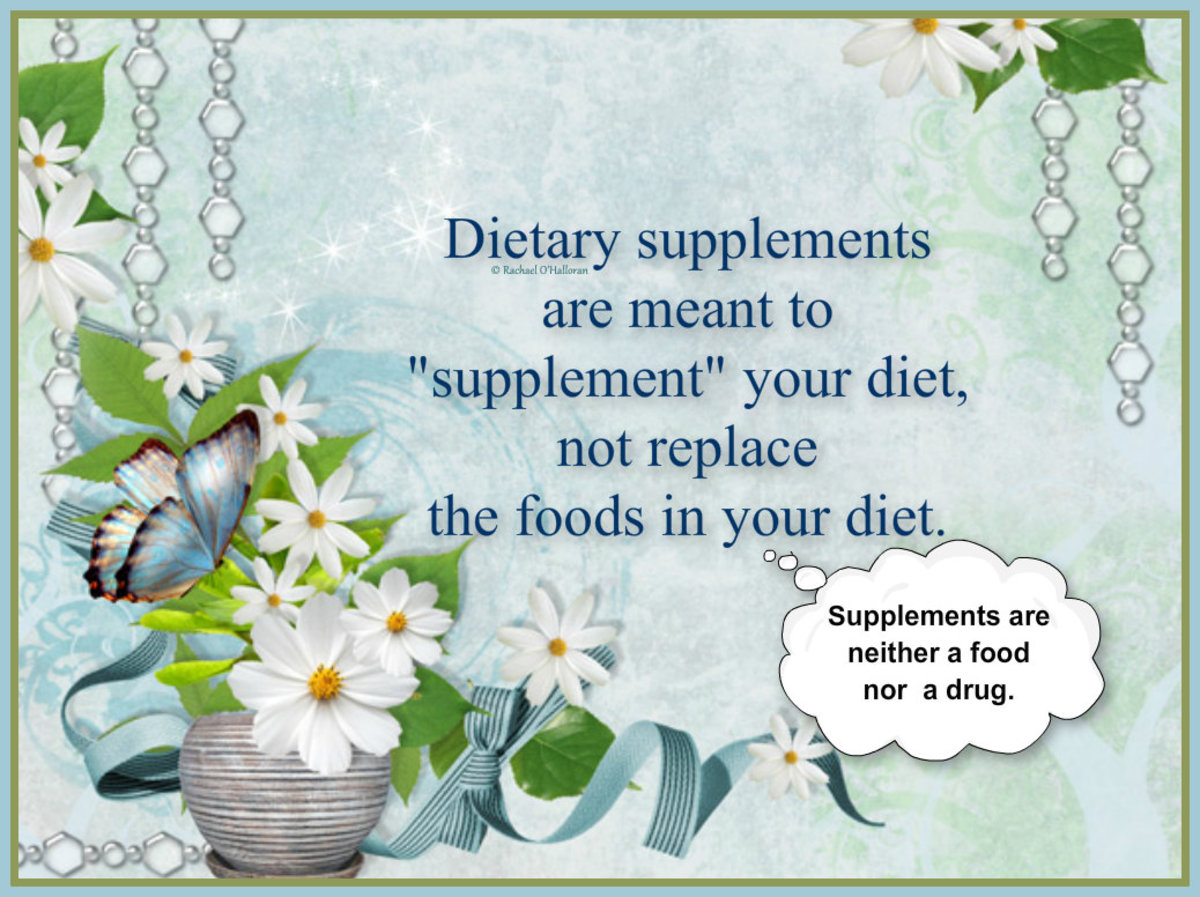Vitamin D Provides A Critical Nutrient To Prevent Unexpected Death

What is Vitamin D?
The human body needs to take in two types of vitamins each day to maintain good health. They are put into a couple different categories based on how they can be absorbed and whether or not the body is able to store them. Water-soluble nutrients can be dissolved in simple water and are flushed from the body if not used, while Fat-soluble nutrients must be absorbed through oils and can be stored in the human body.
Water-soluble vitamins are the B vitamins - folate, thiamine, riboflavin, niacin, pantothenic acid, biotin, vitamin B6 and vitamin B12- along with vitamin C. These can be damaged or destroyed in cooking and any excesses in the body are removed through water, thus urination.
Fat-soluble vitamins are the vitamins A, D, E, and K. They are stored in fat cells in the body and consuming too much of these nutrients can be toxic. They cannot be removed through urination and must be metabolized out of the body by burning the fat cells. Transversely, deficiencies can be equally hazardous, even causing death over the long term.
What Might You Know About Vitamin D?
Vitamin D is a nutrient that is not very well-known within the general population. At most, we associate this vitamin as being present in milk and we get it from sunshine. For the most part this fat-soluble nutrient is one of those things we think little of nor do we necessarily care if we are consuming enough of it.
This attitude and lack of knowledge can lead to some very detrimental side effects and could shorten your life span dramatically. The worst part of this whole scenario is that we would have no clue why we might be experiencing a life-threatening disease like heart failure. The outward causes are not obvious because the answer lies in the deficiency of a simple dietary supplement.

A Medical Perspective
For those of us who may have a deeper knowledge or who may be better read about medicine, we may understand that vitamin D deficiency will lead to bone damage. In conjunction with monitoring calcium levels, we also understand the importance of keeping the skeletal system healthy. Vitamin D levels fall into one of three categories:
- Levels < or equal to 15 ng/ml (nanograms/milliliters).............. Deficient
- Levels ranging from 16-30 ng/ml............................................ Normal
- Levels greater than 30 ng/ml.................................................. Too High, Toxic
Vitamin D deficiency goes way beyond just bone health. Studies are very quickly beginning to prove that the following conditions are directly linked to this nutrient, and the lack thereof:
- hypertension
- diabetes
- mellitus
- left venticular hypertrophy
- obesity
- heart failure
- coronary heart disease
- renal (kidney) disease
- mortality or death
Furthermore, there are more current studies being performed to determine if the following conditions could be directly caused by vitamin D deficiency as well:
- fractures
- pulmonary embolism
- depression
- skeletal disorder
- hyperthyroidism
- infections requiring hospitalization
- headaches
Finding the Alternative
Our diets in many ways may be a strong contributing factor to vitamin D deficiency. Eating salmon, leafy greens like spinach and kale, mushrooms, soy beans, and milk may not be a part of our daily diets and so finding another source is necessary.
One of the best ways to do this is through sunlight absorption. The following video will give you an idea of how you may want to approach this issue.
In the News
How Life Has Changed
One of the main ideas of the video points out the fact that we need to have about an hour of sunlight each week. By doing so we will have acquired enough vitamin D to keep us from deficient levels. Normally we might think that sunlight exposure shouldn't be a problem, however, if two-thirds of the population is deficient, what more should we consider?
Perhaps a combination of inactive lifestyles and the absorption into our technology may provide the answer. If you think about it, spending time outdoors requires some sort of effort in the realm of exercise. If folks are choosing to avoid this fact of healthy life, then they will be more apt to sit in their living room, or wherever they like to hang out, and either play on their computers or soak up some artificial rays from their Ipad.

Heading to the Gym
Yes, there are a large percentage of Americans who do exercise to maintain a healthy lifestyle, but how many are walking, lifting weights or jogging outside? Gyms like Club Fitness, Gold's Gym, and Planet Fitness are drawing large crowds with their no pressure environments and extremely inexpensive prices. The problem in regards to vitamin D deficiency is that you are exercising under fluorescent bulbs. No nutrient benefit is derived from the artificial lighting. How many people that you see working out in these places are aware of this fact? I'm going to wager absolutely no one.
My Wife's Pulmonary Embolism
A few months ago my wife began having some heart issues where it would, on a daily basis, flip flop around in her chest. She would also get light-headed spells and her heartbeat would race for a few seconds and then resume its normal pace. This racing was happening more and more often and it was becoming quite concerning. Add in some headaches, sharp pains felt in her chest, back, and legs and the feeling of having no energy. All of these symptoms, we now know in hindsight, were "red flags" of a pulmonary embolism. What exactly is this conditon?
A Visual Description
Life After Embolism On Blood Thinners
Doctors have put my wife on Xarelto and, after some acclimation, she is now stable and has only had minor symptoms. Things to watch:
- Xarelto can be dangerous with possible gum, brain or internal bleeding. If you ever should be prescribed this drug, please monitor yourself closely.
- Get plenty of sleep while on this medication, at least 7-8 hours a night.
- Feeling light-headed or "off" will be the symptoms of sleep deprivation along with an inability to concentrate.
- Sometimes you may experience dyslexia, where your words are jumbled a bit. This is what we call "Xarelto brain". An example is - bubber rands. (rubber bands)
Despite some of these crazy side effects, my wife and I are obviously very thankful that she is still alive. Some folks do not survive a pulmonary embolism.

Research and Personal Experience
As was stated earlier, research and studies are being performed to ascertain vitamin D's role in pulmonary embolisms. Three months after my wife was placed on Xarelto, the doctor began prescribing a 50,000 unit dose of a vitamin D supplement once a week.
The reason for this, we believe, runs twofold. (Her blood work showed her to have extremely low levels at <15 ng/ml.):
- She has acquired a genetic disorder from her mother than keeps her blood levels of vitamin D very low. Supplements are the answer.
- Such a deficiency, as is seen in 2/3 of the American population, is a strong contributor not only to pulmonary embolisms, but any condition of the heart - be it heart failure, coronary heart disease or left ventricular hypertrophy. Again, the solution is a supplement.
Almost immediately, and since she started this regimen, the heart flip flop symptoms have almost completely stopped. Taking a vitamin D supplement has made a marked difference in my wife's heart health and in her recovery from the pulmonary embolism.
So...it is very important that you get your vitamin D levels checked and spend as much time as you can in the sunshine. Try also to eat foods rich in this vitamin to accommodate any deficiencies and to prevent a side effect from which you cannot recover - unexpected death.
What Are Your Thoughts?
Did you know the possible side effects of vitamin D deficiency?
Works Cited
Anderson, Jeffrey L., et. al. "Relation of Vitamin D Deficiency to Cardiovascular Risk Factors, Disease Status, and Incident Events in a General Healthcare Population". The American Journal of Cardiology. 2010 www.ajconline.org. pp. 963-8.
http://www.ext.colostate.edu/pubs/foodnut/09315.html








